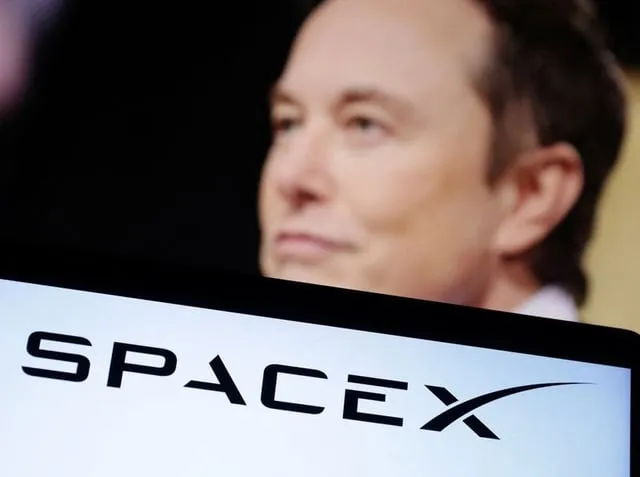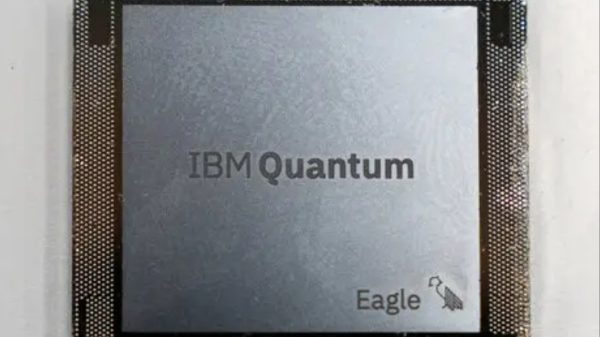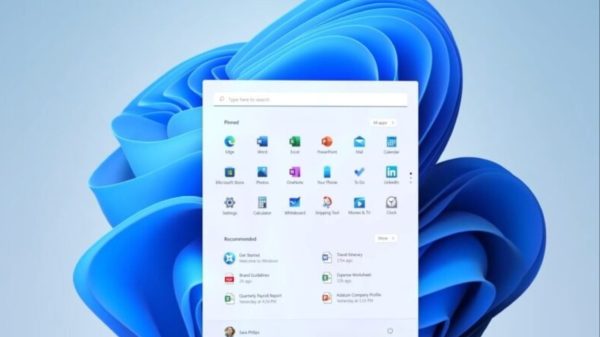Exactly eight years ago, SpaceX made history by landing its Falcon 9 booster upright for the first time, marking a significant milestone on the company’s mission to create a reusable spaceflight system that would drastically reduce the cost of orbital missions and increase space access to more companies and organizations. The achievement was no small feat, with one of those present at SpaceX headquarters on the night of the historic mission likening it to “launching a pencil over the Empire State Building, having it reverse, come back down, and land on a shoe box on the ground in a wind storm.”
The road to success was not easy, with SpaceX attempting five years and 20 flights before achieving the first upright landing of a returning Falcon 9 booster. Some attempted landings saw the 41.2-meter-tall vehicle touch down before toppling over and exploding, while other times, the booster was deliberately ditched in the ocean without any attempt to land it. The first successful touchdown took place on a ground pad, but after that, SpaceX wanted the option of landing on a drone ship in the ocean, too.
The first attempt at an ocean landing in January 2016 failed, as did the following one in March of the same year. However, SpaceX learned from its errors and achieved its first drone landing in April 2016. Since then, SpaceX has nailed the vast majority of its Falcon 9 landings on land and water, with the last failure occurring in February 2021.

SpaceX Clears Major Hurdle
As of today, Falcon 9 rockets have flown 281 times and completed 239 landings, enabling a total of 214 re-flights. One of its first-stage boosters has flown an impressive 18 times, with many others also still being used for multiple missions. Besides carrying satellites to space, the Falcon 9 is also involved in cargo and astronaut missions to the International Space Station. The successful spaceflight system has also paved the way for the development of the larger Falcon Heavy rocket and the most powerful rocket of all time, the Super Heavy, otherwise known as the Starship.
The achievement of reusable spaceflight has far-reaching implications for the future of space exploration and the economy. With the cost of launching payloads to orbit significantly reduced, more companies and organizations can now afford to deploy satellites, conduct research, and even travel to space. The potential for growth and innovation is vast, and SpaceX’s historic quest for reusable spaceflight is a testament to the power of human ingenuity and determination.
SpaceX’s first successful landing of a Falcon 9 booster marked a major milestone in the company’s mission to create a reusable spaceflight system. The achievement was no small feat, and it has paved the way for a new era of space exploration and discovery. The successful spaceflight system has also enabled the development of larger and more powerful rockets, such as the Falcon Heavy and the Starship, which will continue to push the boundaries of what is possible in space. The future of space exploration is bright, and SpaceX’s historic quest for reusable spaceflight is just the beginning.









































